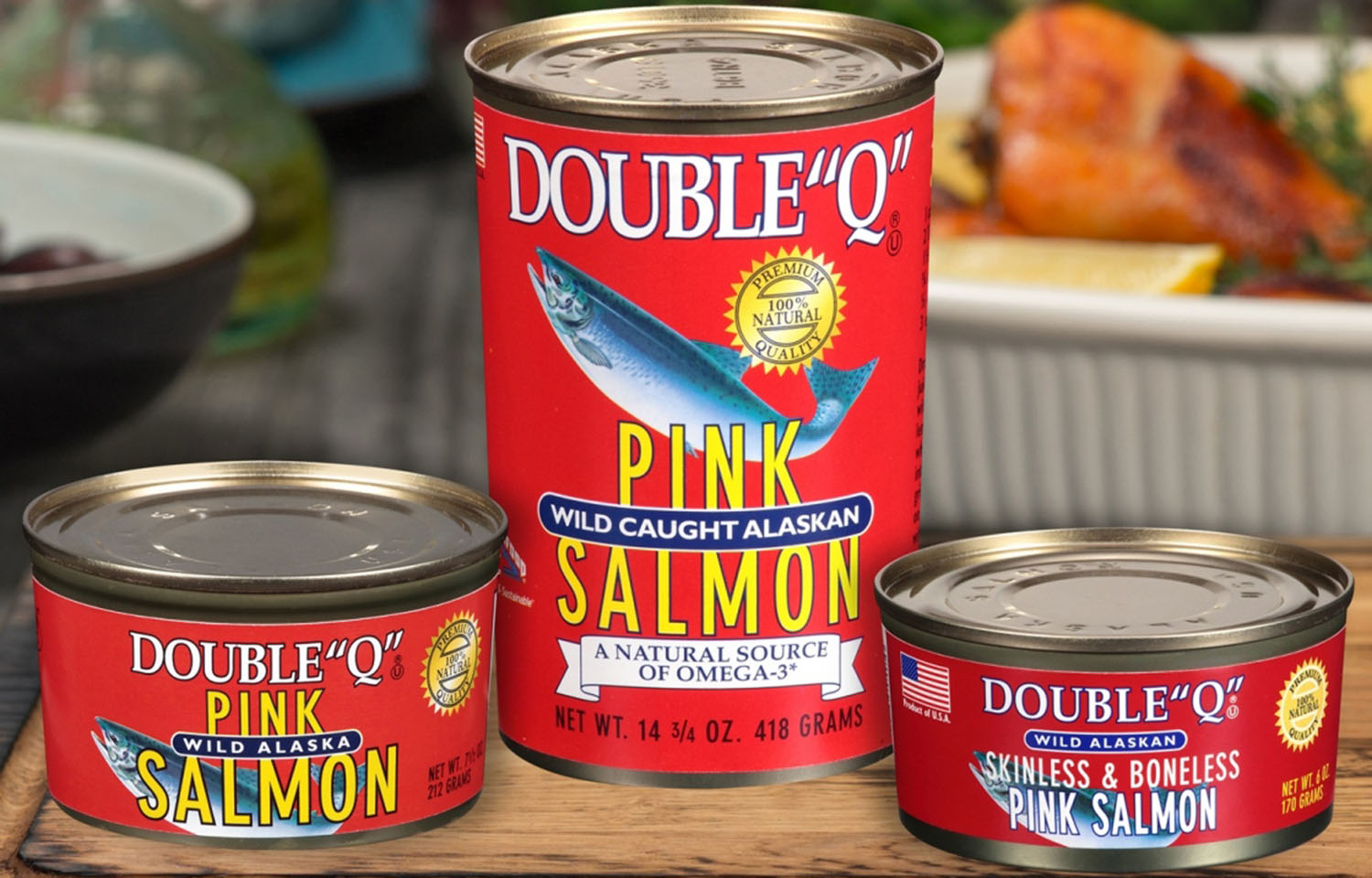The U.S. Department of Agriculture (USDA) awarded more than USD 100 million (EUR 91 million) in contracts to supply canned Alaska salmon for federal nutrition programs, along with nearly USD 48 million (EUR 43.8 million) to supply Alaska pollock.
The USDA also said it will purchase additional Alaska pollock, as well as Atlantic pollock, haddock, and ocean perch.
Several suppliers were awarded contracts to supply pink and red canned salmon. Seattle, Washington, U.S.A.-based OBI Seafoods was awarded USD 53.9 million (USD 49 million) in contracts to supply more than 1 million cases of canned pink salmon. Peter Pan Seafood, headquartered in Bellevue, Washington, U.S.A., will supply USD 17.2 million (EUR 15.7 million) worth of canned pink salmon.
OBI Seafoods won a contract to supply USD 14.3 million (EUR 13 million) worth of canned red salmon, while Peter Pan will supply around USD 16 million (EUR 14.6 million), and Kenmore, Washington, U.S.A.-based Kanaway Seafoods – which does business as Alaska General Seafoods – will supply around USD 158,000 (EUR 144,000) of canned red salmon.
Lunenberg, New Brunswick, Canada-based High Liner and Braintree, Massachusetts, U.S.A.-based Channel Fish Processing will supply the USDA with USD 33.9 million worth (EUR 31 million) of Alaska pollock, while High Liner was awarded a pollock contract worth USD 14 million (EUR 12.7 million).
The USDA is also planning to purchase frozen Alaska pollock nuggets for various food nutrition assistance programs under the authority of Section 5 of the Commodity Credit Corporation (CCC) Charter Act. The agency did not specify the total amount of Alaska pollock it would purchase.
Additionally, the USDA is looking to make purchases of U.S. Atlantic groundfish, including frozen haddock fillets, Atlantic pollock fillets, and ocean perch fillets.
Solicitations will be issued in the near future and will be available electronically through USDA’s Web-Based Supply Chain Management (WBSCM) system, according to a press release.
Alaska's seafood industry is appreciative of the government purchases, and they will help some hungry Americans, Alaska Seafood Marketing Institute Global Food Aid Program Director Bruce Schactler told SeafoodSource. But, Schactler pushed back against media reports labeling the USDA purchases as a bailout of a failing industry.
“It is a competitive bid process, so the government is getting a great deal. It’s not a bailout, and it’s not a subsidy,” Schactler said.
Last fiscal year, the USDA spent USD 4.3 billion (EUR 3.9 billion) on all food purchases, Schactler said, with its USD 348 million (EUR 318 million) in domestic seafood purchases accounting for just a fraction of that.
“It’s nothing. We have to kick and scream [to get that],” Schactler said.
The USDA's Dietary Guidelines for Americans recommend eating seafood twice a week, but government purchases do not account for enough seafood to allow Americans who use federal programs to meet the recommendations, according to Schactler. The USDA purchased around 89 million pounds of domestic seafood in 2023.
“We are not getting our share, and all the hungry people – one in four Americans – are not getting all the seafood that the government recommends,” Schactler said.
When the USDA announced its bids for Alaska pollock and salmon in February, ASMI said they would be "a boon for Alaskan fishermen, processors, and communities, who have faced challenging market conditions in 2023.”
"Alaska seafood harvesters, processors, and the industry appreciate the USDA’s partnership to support the Alaska seafood industry while providing products with exceptional nutrition to consumers across the country,” ASMI said.








